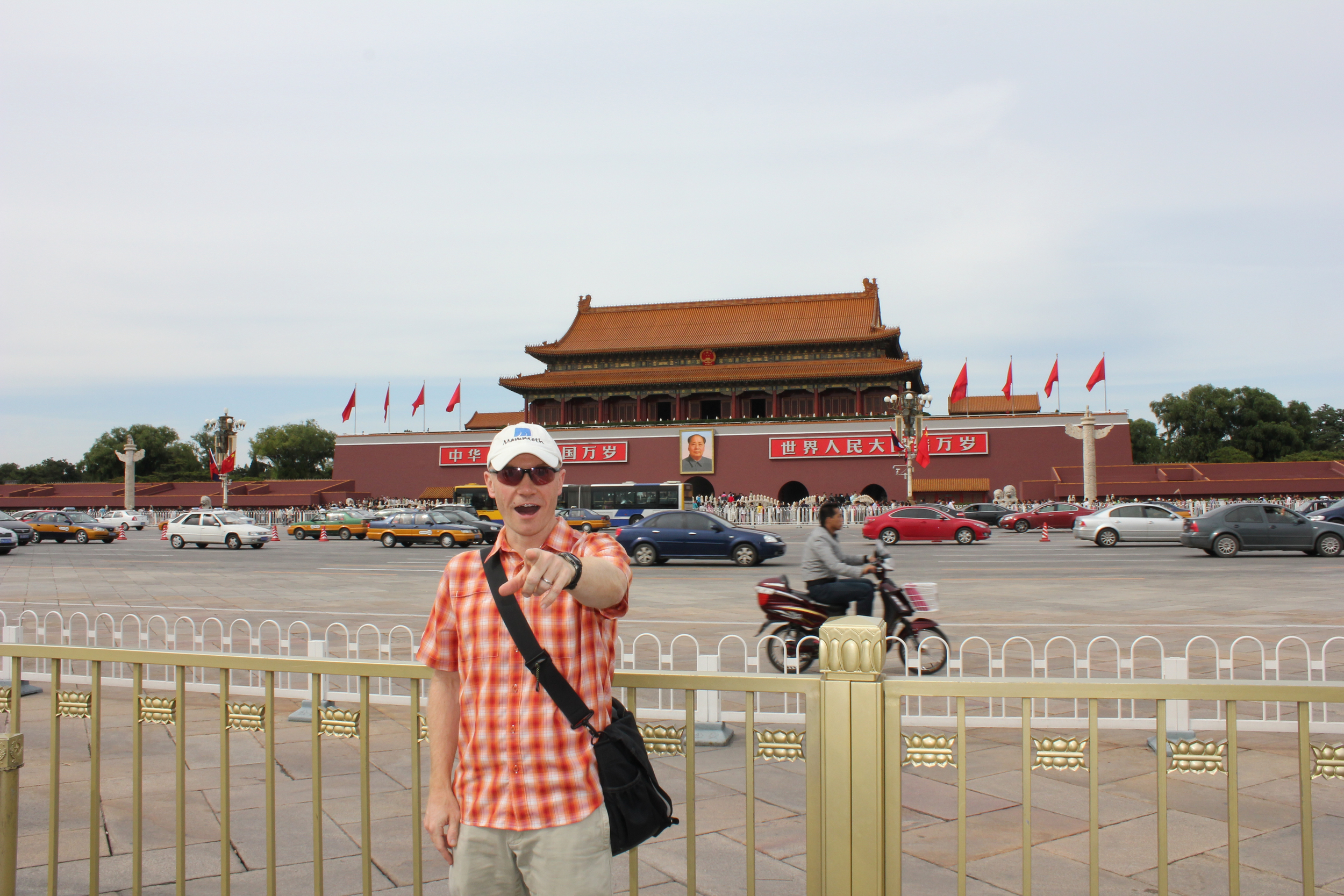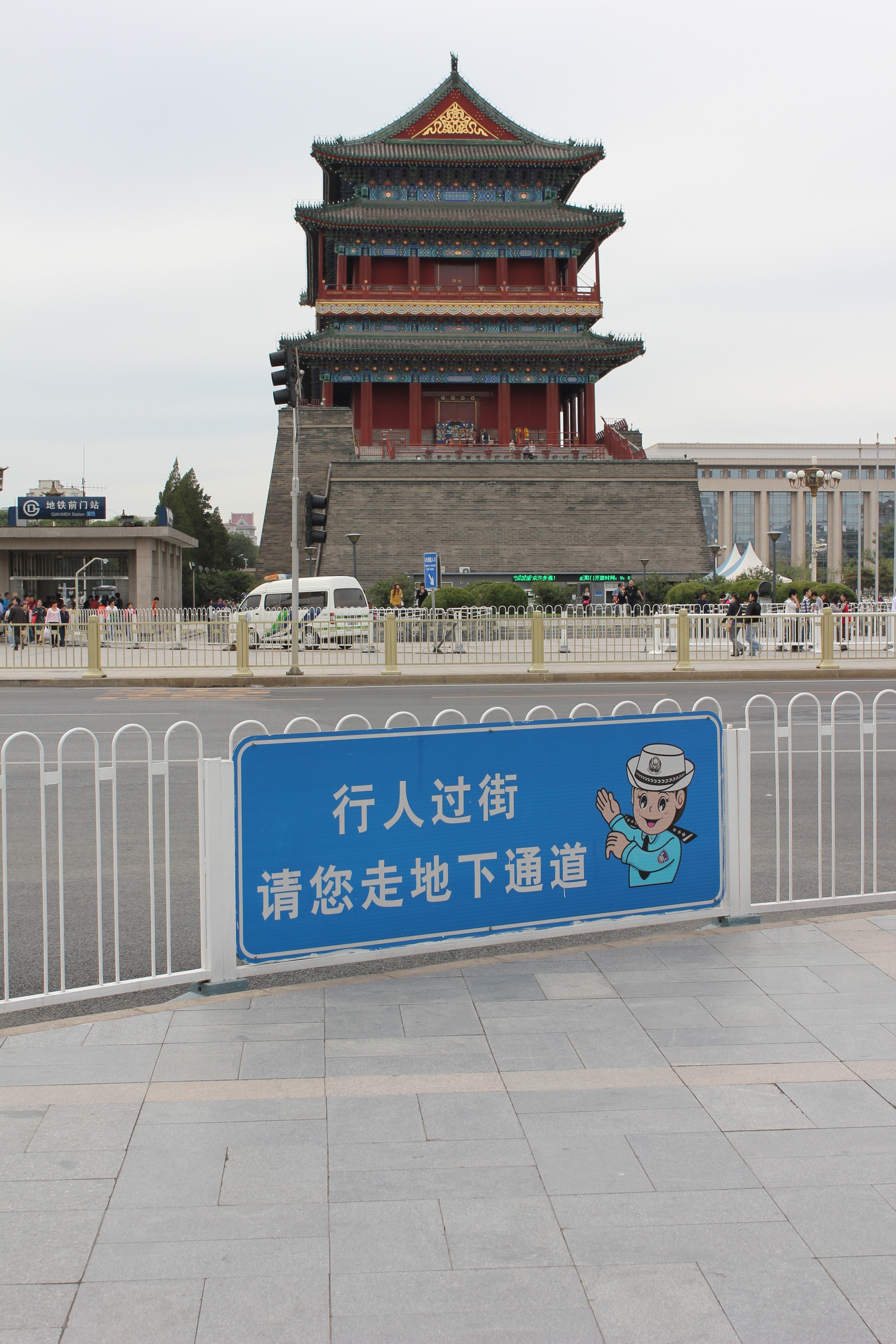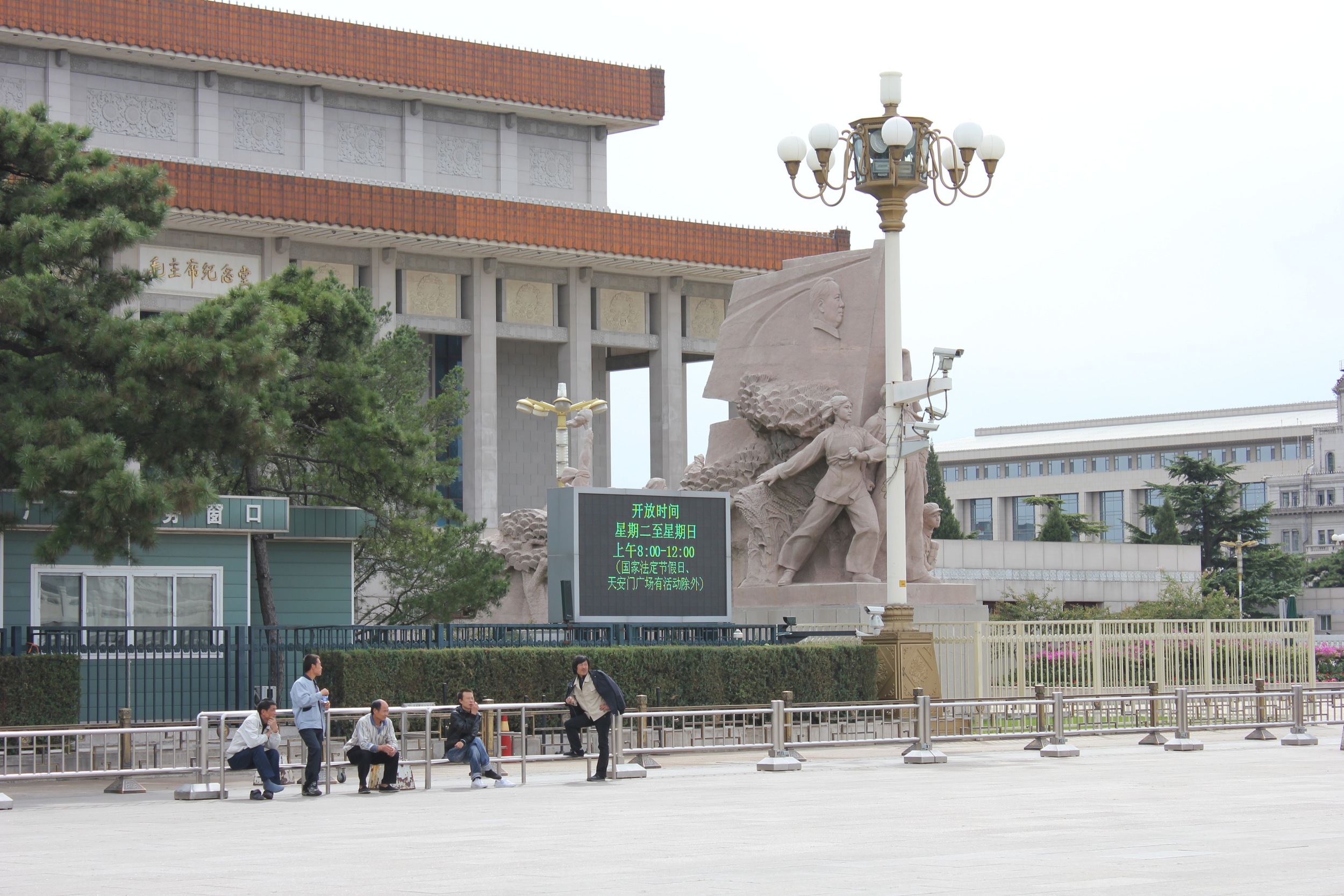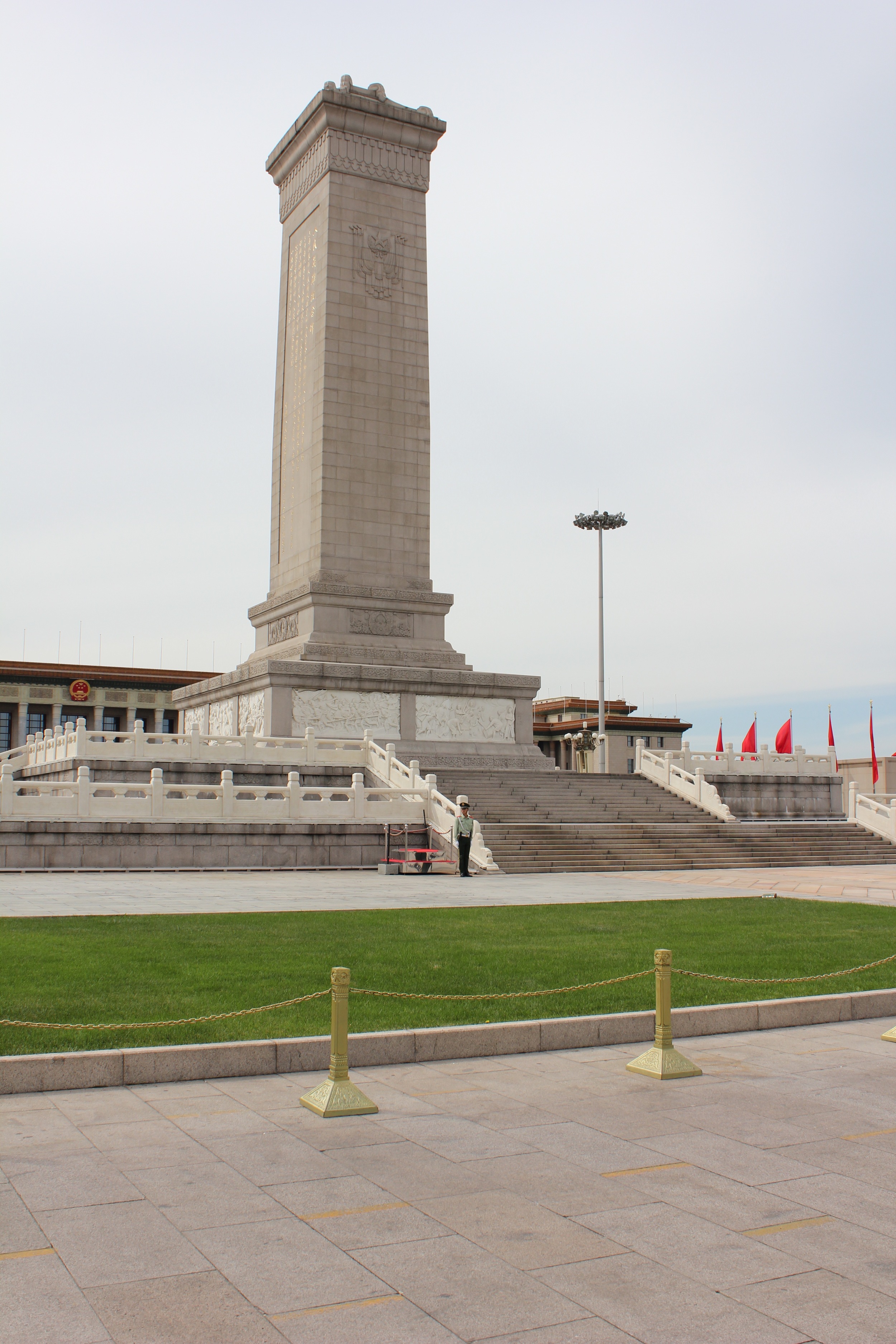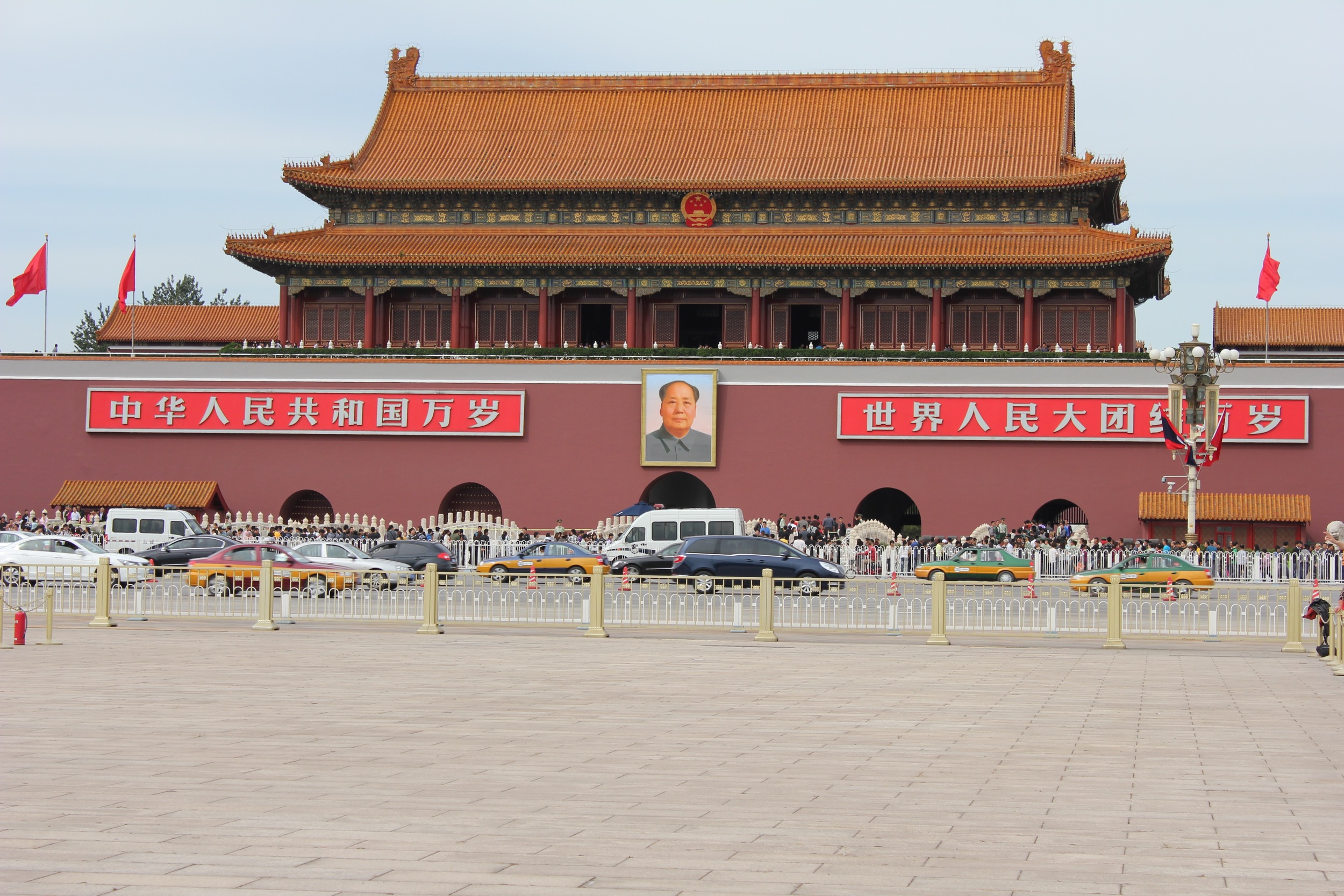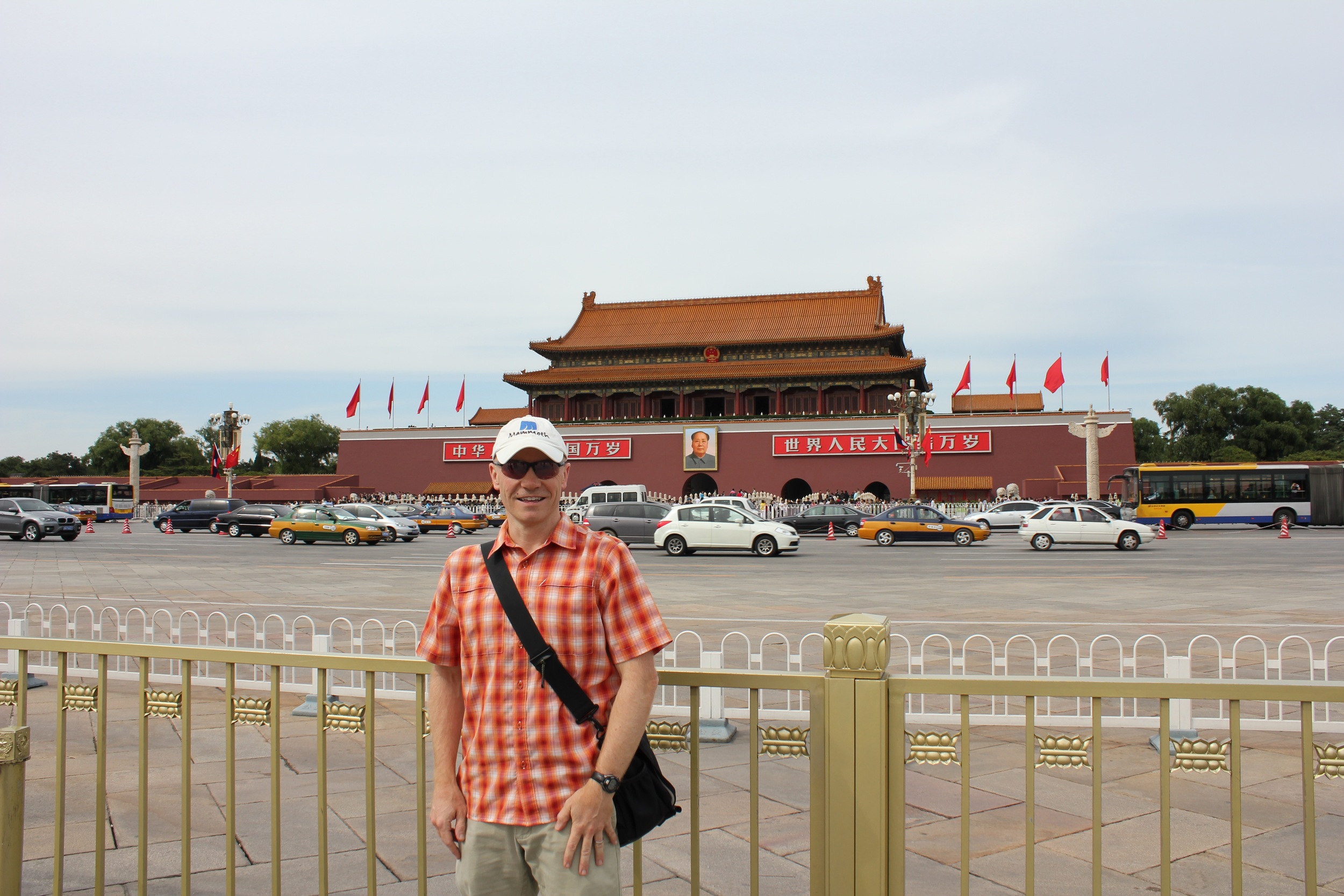The scary news from NYC over the past few days drew the attention of many Americans, myself included. Beyond thoughts of "new normal" urban threats, it also brought to mind a dual set of personal memories. I feel fortunate to have gotten to know that part of Manhattan somewhat over the last handful of years. I've walked the streets of Chelsea where the bombing took place and where the other pressure cooker bomb was discovered nearby. What drew me there was the fact that the old garment center and the concentration of manufacturing of what had sometimes been called the "fur district" not so long ago occupied many of those blocks.
One of many crossroads in what had been NYC's "fur district" within the historic Garment Center near Midtown.
It isn't easy to cover my understanding of the long and fascinating history of that part of Manhattan in a quick blog post, so please excuse the gaps in my reasoning. But this unfortunate current news story also brought me back to what I saw five years ago today on the streets of Beijing, where what some call the "skins trade" is currently present. In a nutshell, what formerly was seen all over NYC's Garment Center is now a hard to find but active part of Beijing's street trade. I went back through some old photo libraries to offer the following pics to summarize what I'm referring to.
One of many storefronts in the skins trade district in Beijing.
A typical showroom floor for a merchant selling the raw commodity of pelts to manufacturers.
The overly-simplified next step in this trade sees those raw skins enter the manufacturing process. For an up-close example of this, I was taken by our tour bus to a factory outside Beijing where dozens of Chinese workers do the work of turning that commodity into a finished product. Once again, here's a few examples.
Garment cutters at work.
Notice the strips sewn to fit the pattens pieces that will become part of a larger garment.






